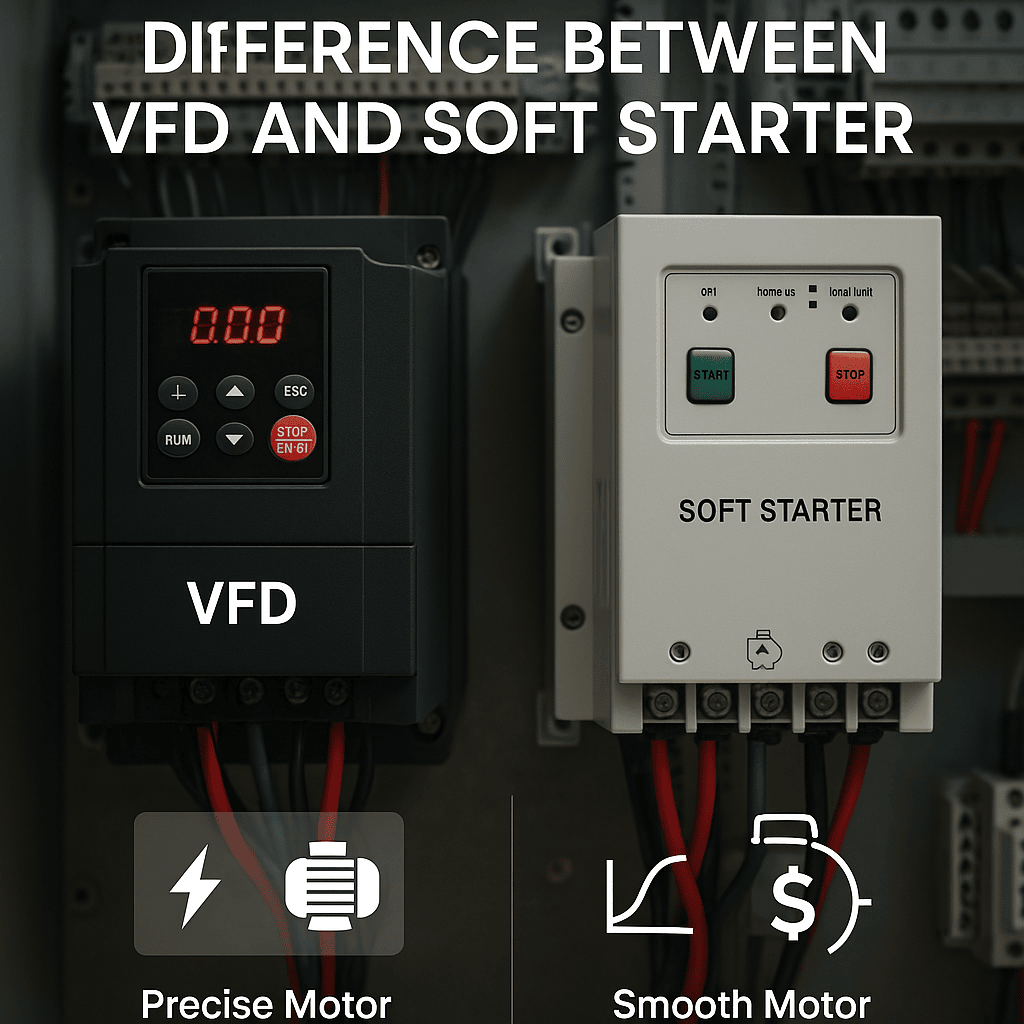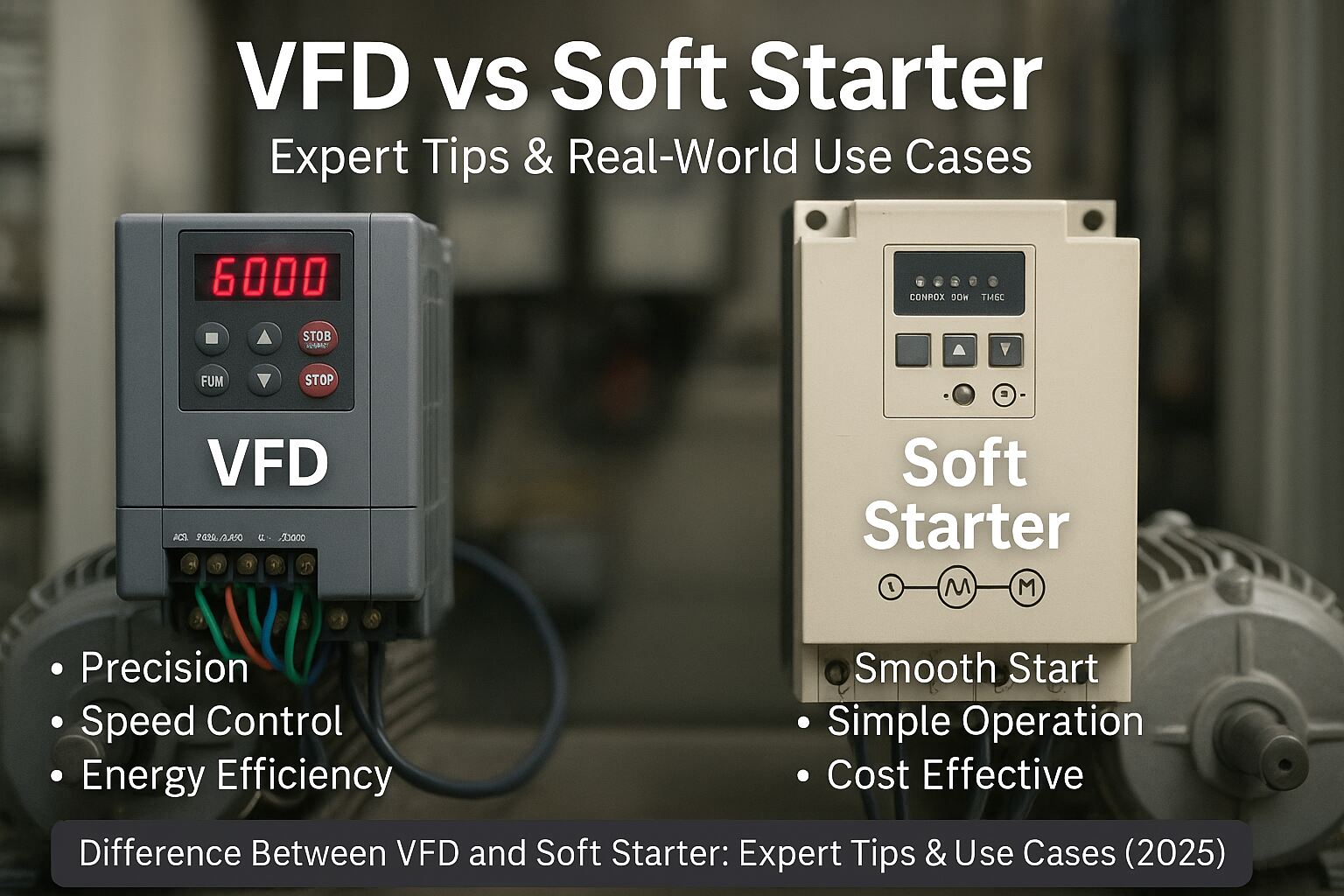The rise of the Internet of Things (IoT) has transformed the way we interact with technology, enabling devices to communicate, collect data, and perform automated tasks. As the number of IoT devices grows, the need for efficient IoT device management becomes increasingly important to maintain functionality, security, and scalability. But what is IoT device management, and how can businesses like Aknitech Automation use it to enhance their IoT ecosystems?
What is IoT Device Management?
IoT device management refers to the processes and technologies used to configure, monitor, maintain, and secure IoT connected devices. This management is essential to ensure that devices operate efficiently, securely, and reliably throughout their lifecycle. Effective IoT device management platforms provide the necessary tools to oversee and control a diverse range of devices. At Aknitech Automation, we specialize in deploying these tools to optimize industrial automation systems.
Understanding IoT Devices
Before diving deeper into management, it’s important to understand what IoT devices are. IoT devices are physical objects equipped with sensors, software, and other technologies that allow them to connect and exchange data with other devices and systems over the internet. These devices range from simple IoT monitoring devices like temperature sensors to complex systems like industrial machinery.
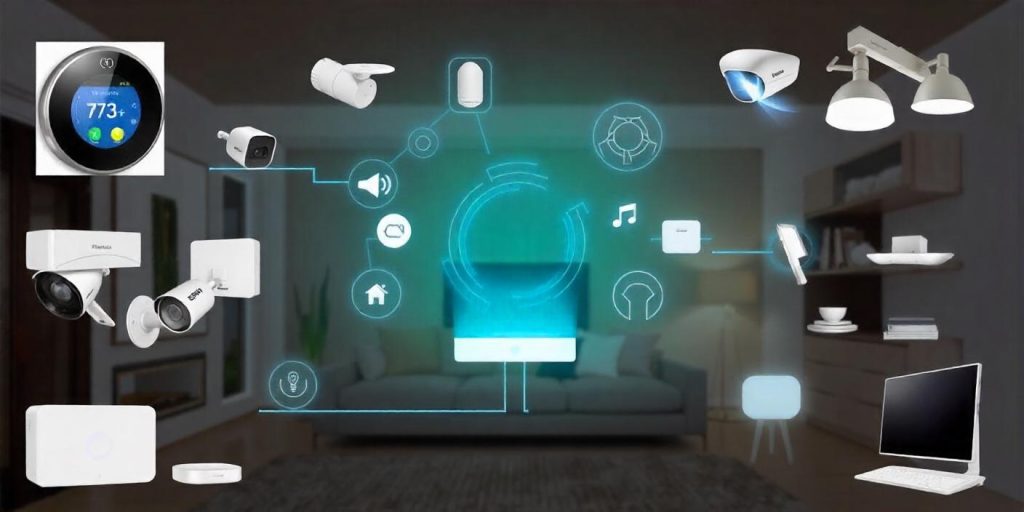
Examples of IoT Devices include smart home gadgets like thermostats and security cameras, as well as industrial equipment and medical devices. The Raspberry Pi, a versatile mini-computer, is often used in IoT projects. So, is Raspberry Pi an IoT device? Yes, when it is used to create solutions that require data collection, automation, or communication over the internet, it becomes an integral part of the IoT ecosystem.
Key Features of IoT Device Management
Effective IoT device management software should include several key features:
- Onboarding and Configuration: Efficient IoT device management starts with securely connecting new devices to the network, a process known as onboarding. Once connected, devices require configuration to optimize their operation within the IoT ecosystem.
- Monitoring and Diagnostics: Continuous iot device monitoring is crucial to ensure devices are functioning correctly and to detect potential issues early. How to monitor IoT devices effectively? It involves using tools that provide real-time insights into device performance and health.
- Maintenance and Updates: Regular maintenance, including firmware updates and security patches, is necessary to keep devices secure and operational. IoT device management protocols often include automated update mechanisms to streamline this process.
- Security Management: As more devices connect to networks, access control IoT devices become critical. This involves managing permissions and ensuring that only authorized devices can access network resources.
- End-of-Life Management: When devices reach the end of their useful life or become obsolete, they must be securely decommissioned to prevent data breaches and maintain network integrity.
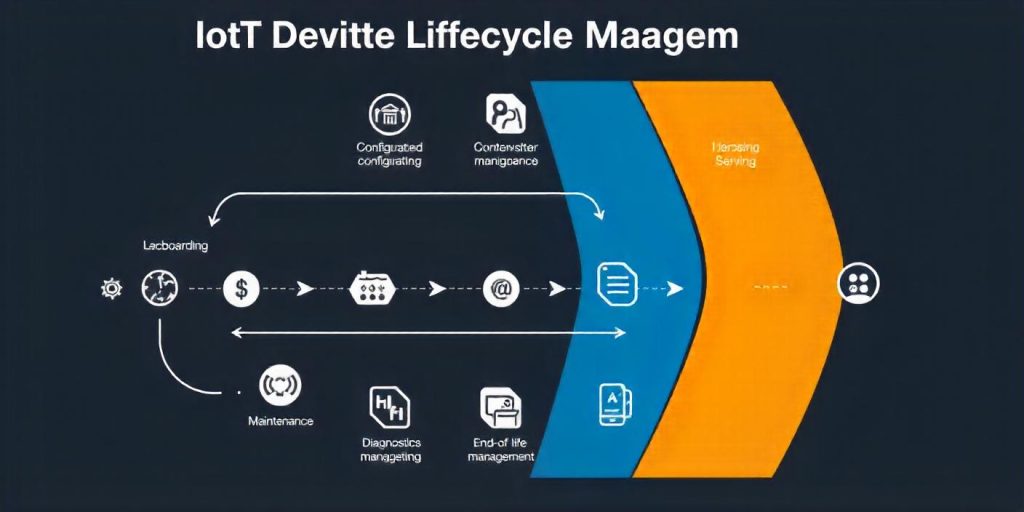
Benefits of IoT Device Management
Implementing comprehensive IoT device management provides several benefits:
- Enhanced Security: By regularly updating and monitoring devices, organizations can prevent vulnerabilities and protect against cyber threats.
- Increased Efficiency: Automation of device onboarding, monitoring, and maintenance reduces the need for manual intervention, saving time and resources.
- Scalability: Effective management allows businesses to scale their IoT networks smoothly, adding new devices without compromising performance or security.
- Improved Decision-Making: Real-time data from IoT connected devices can be analyzed to inform strategic decisions, optimize operations, and enhance customer experiences.
Best Practices for IoT Device Management
To get the most out of IoT device management, businesses like Aknitech Automation should consider the following best practices:
- Use a Centralized Platform: A robust IoT device management platform centralizes control and provides a comprehensive view of all devices, simplifying management and improving oversight.
- Automate Where Possible: Automating routine tasks such as updates and monitoring reduces the risk of human error and ensures consistency.
- Implement Strong Security Measures: Regularly update security protocols and ensure devices are compliant with the latest standards to protect against emerging threats.
- Monitor Device Health Continuously: Use IoT monitoring devices to keep track of performance and health metrics, allowing for proactive maintenance and minimizing downtime.
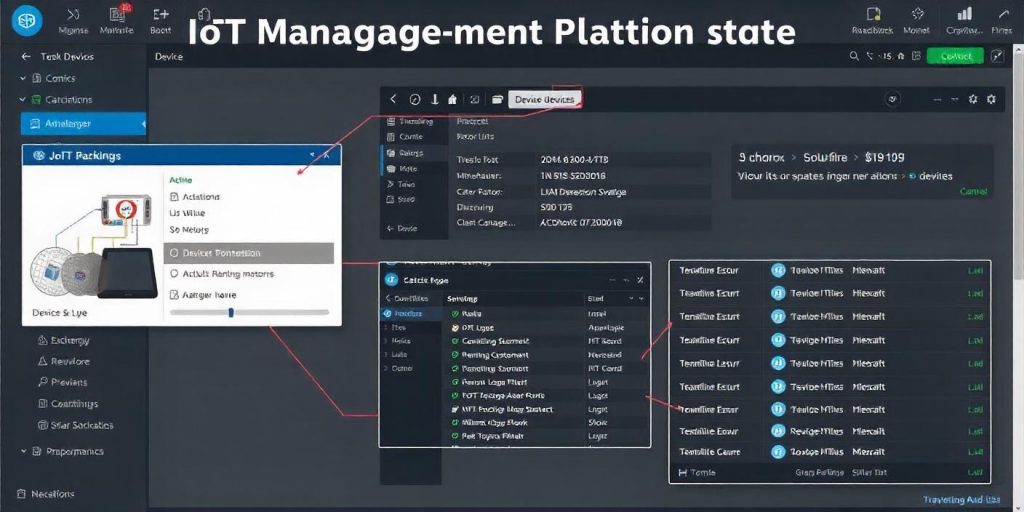
Real-World Applications of IoT Device Management
IoT device management is vital across various industries, including:
- Manufacturing: To monitor machinery and optimize production processes.
- Healthcare: For managing connected medical devices that monitor patient health.
- Retail: To oversee smart inventory systems and enhance customer service.
Conclusion
In a world where connectivity and data are paramount, IoT device management is essential for ensuring that IoT devices perform optimally, securely, and efficiently. Companies like Aknitech Automation are at the forefront of integrating IoT solutions with effective management strategies to enhance industrial automation and other sectors. Whether managing a small fleet of devices or a vast network, implementing the right management strategies and tools can drive innovation, improve operational efficiency, and enhance security. By understanding and applying best practices, businesses can unlock the full potential of their IoT ecosystems.
Platforms like ServiceNow offer enhanced capabilities for IoT device management, integrating data with workflows to support proactive maintenance, increase uptime, and improve overall customer satisfaction. As the IoT landscape continues to evolve, robust device management will remain a cornerstone of successful digital transformation strategies.
- How Does IoT Device Monitoring Work?
Answer: IoT device monitoring involves continuously observing the performance and status of IoT devices within a network to ensure they function optimally. This process uses specialized software to collect data such as device health, connectivity status, and performance metrics, enabling timely detection of issues and maintenance needs.
- What Are Access Control IoT Devices?
Answer: Access control IoT devices are designed to manage and restrict access to physical or digital resources. They include smart locks, biometric scanners, and RFID systems, which use IoT technology to enhance security by allowing only authorized users to access certain areas or information.
- Why is IoT Device Management Important?
Answer: IoT device management is crucial for maintaining the security, performance, and scalability of IoT networks. It ensures that devices are properly configured, updated, and monitored throughout their lifecycle, helping to prevent security breaches, reduce downtime, and optimize operations.
- What Are Some Examples of IoT Devices?
Answer: There are numerous examples of IoT devices across different sectors. In the consumer space, examples include smart home appliances like refrigerators and thermostats. In industrial settings, IoT devices include sensors for monitoring machinery, environmental conditions, and logistics.
- What is an IoT Device Management Platform?
Answer: An IoT device management platform is a software solution that helps organizations manage their IoT devices. It provides tools for device provisioning, configuration, monitoring, and security management, allowing businesses to control their IoT network more effectively and securely.
- How Do You Monitor IoT Devices Effectively?
Answer: To monitor IoT devices effectively, organizations use IoT monitoring software that provides real-time data on device performance, connectivity, and security status. This software often includes features like alerts, dashboards, and analytics to help quickly identify and resolve issues.
- What Are the Different IoT Device Management Protocols?
Answer: IoT device management protocols are standards that govern communication between devices and the management platform. Common protocols include MQTT (Message Queuing Telemetry Transport), CoAP (Constrained Application Protocol), and HTTP/HTTPS, each chosen based on specific use cases and network requirements.
- Is Raspberry Pi an IoT Device?
Answer: Yes, the Raspberry Pi can be considered an IoT device. It is a small, affordable computer that can be programmed to collect data from sensors, control other devices, and connect to the internet, making it ideal for IoT projects and prototyping.
- What is the Role of IoT Device Management Companies Like Aknitech Automation?
Answer: IoT device management companies like Aknitech Automation specialize in providing solutions for managing IoT devices across various industries. They offer services such as device provisioning, configuration, monitoring, and security management to help businesses optimize their IoT infrastructure and ensure efficient, secure operations.





